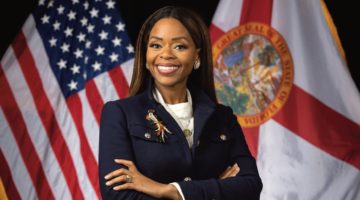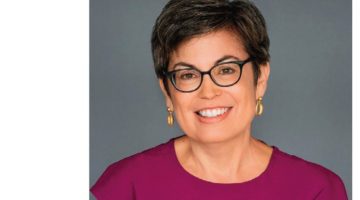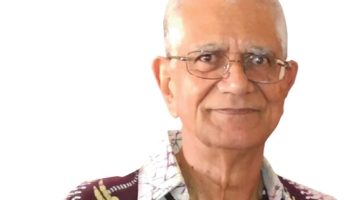 110th Street between Eighth and Fifth Avenues is where Central Park begins or ends, depending on your perspective of New York City. For sure, though, that is where Harlem begins. I grew up just four blocks north on 114th Street between Eighth and Seventh Avenues in “downtown Harlem.”
110th Street between Eighth and Fifth Avenues is where Central Park begins or ends, depending on your perspective of New York City. For sure, though, that is where Harlem begins. I grew up just four blocks north on 114th Street between Eighth and Seventh Avenues in “downtown Harlem.”
My friends and neighbors were people of African descent who had fled the southern United States of America, some beginning after World War 1 – such as my great uncle Bob, who fought in France with the famed 369th out of Harlem. Others were from Panama, Cuba, Puerto Rico, the Dominican Republic and other Spanish, or French- and English-speaking Caribbean, Central or South American countries.
We had some white and near-white people too, including Jews from West and East Europe. In fact, my family shared an apartment building with blacks, mulattos, and other partially white families who were referred to as quadroon or octoroon.
In pre-rap Harlem, music was everywhere: gospel, blues, jazz, classical and what we called “Latin” – the sounds of Mother Africa that called our spirits through the conga drum, bongos, timbales and cow bells.
From our Latino and other Caribbean brothers, we learned how to make the drum – how to soak and stretch the sheep skin and how to choose and treat the wood; and, of course, how to play the “spirit” rhythms and sounds. (On the U. S. A. slave plantations, Africans were denied the drum so they could not communicate with each other nor with the spirit world they knew.)
We also learned to dance the mambo, son, cha-cha, bolero and meringue and added a Harlem style to the Cuban, Puerto Rican and Dominican. Spending a week or two with friends in the Caribbean and Central America during New York’s cold January and February was a custom for many Harlemites back in the day. And we always longed to visit Cuba.
From the prospective of East Harlem, the South Bronx and Washington Heights in New York, it was a foregone conclusion that Latinos were mostly black to near-white in skin color.
However, in all of the Latino countries that I know of, including Mexico and Costa Rica, the better areas – those with high rise condominiums, gated communities, sprawling haciendas and high-end shopping areas – are almost totally populated by white people.
Everywhere in Latin America, a hierarchy based upon skin color exists, with black skin color being at the lowest economic and social level, somewhat similar to what the untouchables were in India. Black mixed-bloods are on the next rung up, then mulattos, quadroons and octoroons – many of whom pass for white. Persons of Western European or Occidental heritage (white) are of the top-privileged class.
Mainly because black people who gain a sense of power – politicians, preachers, educators and activists, generally speaking – tend to imitate what sociologists call their “reference group” (white people) they, too, foster exclusiveness and shut all manner of people out.
Unfortunately, Robeson, Padmore, A. Philip Randolph and others who understood that working class blacks throughout the Americas needed to mobilize, coalesce and organize with white and Latino workers were socialistic. It was socialism, McCarthyism and the reference group which lulled Negro leadership into economic do-nothing-ism during the great period of American growth after World War II. All Negro leaders wanted to do was to integrate.
So the problems that fester between Americans of African descent and Latinos are because of ignorance, fear and white nationalism. Removal of those debilitating circumstances could bring political and economic cooperation into being with vast national and international implications, and shared wealth.
Al_Calloway@Verizon.net












No Comment